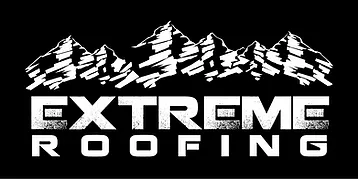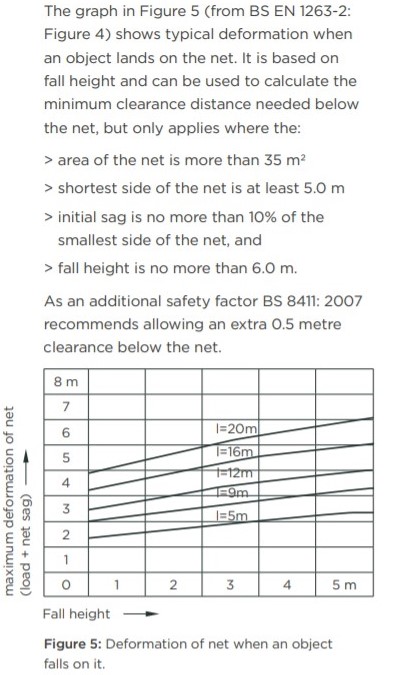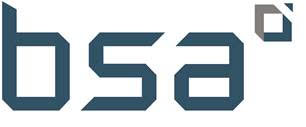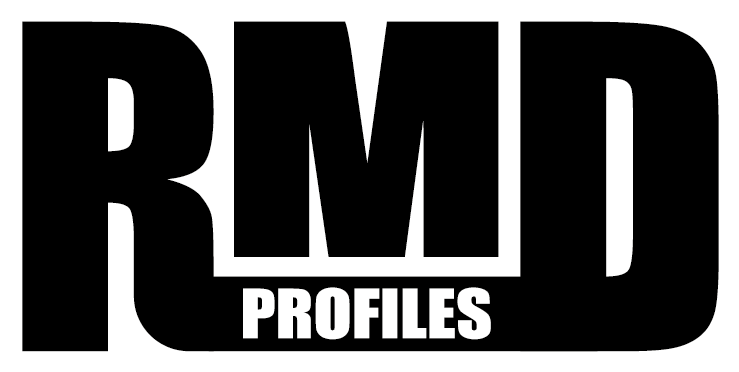Title Page
-
Site conducted
-
Installation Completion Date.
-
Location
-
Client
BEST PRACTICE GUIDELINES - SAFE USE OF SAFETY NETS
-
The best practice guidelines for the Safe Use of Safety Nets is attached.
INSTALLATION
-
Method of installation -
- Ladder
- Scissor-lift
- Knuckleboom
- Ground level access
- Other
-
Can the work be done from the ladder without having to reach to the side?
-
A ladder is not to be used for this job.
-
Can the ladder be secured to prevent it slipping?
-
A ladder is not to be used for this job.
-
Can the ladder be set at a 4:1 angle?
-
A ladder is not to be used for this job.
-
Will the ladder be at least 4m clear of power lines?
-
A ladder is not to be used for this job.
-
Is the MWEP operator qualified?
-
Are all occupants of the knuckleboom harnessed?
-
Has the net been inspected for condition & labels?
-
Is the net less than 12 months old?
-
Does it have a test label dated within the last 12 months?
-
Has the net been installed by a trained and competent person?
-
Are anchor points suitable?
-
Are anchor points no more than 2.5m apart?
-
WorkSafe NZ recommends installing anchor points at between 1.5 and 2.0 metre centres. Safety nets used in residential, timber frame construction may need to be attached at closer centres.
-
Is the fall height less than 2m?
-
Is the net area larger than 35m2?
-
For a fall height over 2m the net area must exceed 35m2. Alter the net or else tag it out.
-
Is the shortest side 5m or more?
-
The shortest side must be longer than 5m. Alter the net or else tag it out.
-
Does the fixing space exceed 2.5m?
-
Maximum fixing space must be 2.5m. Alter the fixing space to comply or else tag the net out.
-
Is the net Class B - rated for 4.4kg absorption?
-
Only a Class B net should be used if the net is less than 35m2. Replace the net for an appropriate type or ensure the net will be able to absorb the energy of any potential load.
-
Is the fall height no more than 3m within 2m of the nets outer edges?
-
Is there sufficient area underneath the net?
-
Alter the net or else tag it out.
-
Refer to the Net Calculator - https://Safetynet365.com/Safety-Net-Calculator-EN1263-1-1:_:51.html
-
-
Is the net sag between 5-10% of the net's shortest side?
-
The net sag must be between 5-10% of the net's shortest side. Alter the net or else tag it out.
-
Is the net near an access point in case of emergency?
-
Have several nets been joined?
-
Is the coupling rope a minimum 7.5 kN breaking strain (type O or greater as defined in BS EN1263-1)?
-
Have Sec 4.10 of the best practice guidelines been followed?
HANDOVER
-
Has the handover certificate been given to the client?
HANDOVER INFORMATION FOR CLIENT
-
The installed safety net has been inspected and is now safe for use. As the user of this net you have responsibilities. Namely - to inspect the net pre-use and weekly for defects or damage including after an adverse weather event, to ensure the minimum clearance distance noted below is not compromised, to have and implement an emergency procedure in the case of a person falling into the net, to ensure no-one uses the net for any purpose other than for what it is intended, to ensure items that may fall into the net are removed immediately and that they have not damaged the net, to notify Extreme Roofing Central Ltd as soon as any defect or fault is detected or as soon as practicable after a person has fallen into the net. The net can no longer be used as a fall arrest device if it is damaged or faulty or a person has fallen into it. Instances of persons walking on the net or throwing objects onto the net may make the user responsible for costs, as the net may be damaged as a result of those actions.
SIGN-OFF
-
Signature of Client
-
Signature of Installer
-
The person who installed this Safety Net is a Competent Person as required by the Safe Use of Safety Nets Best Practice Guidelines (2014). If you have any complaints or require further information please contact Extreme Roofing and Scaffolding ph 03 4450553.
-
Copy of report emailed to client?











